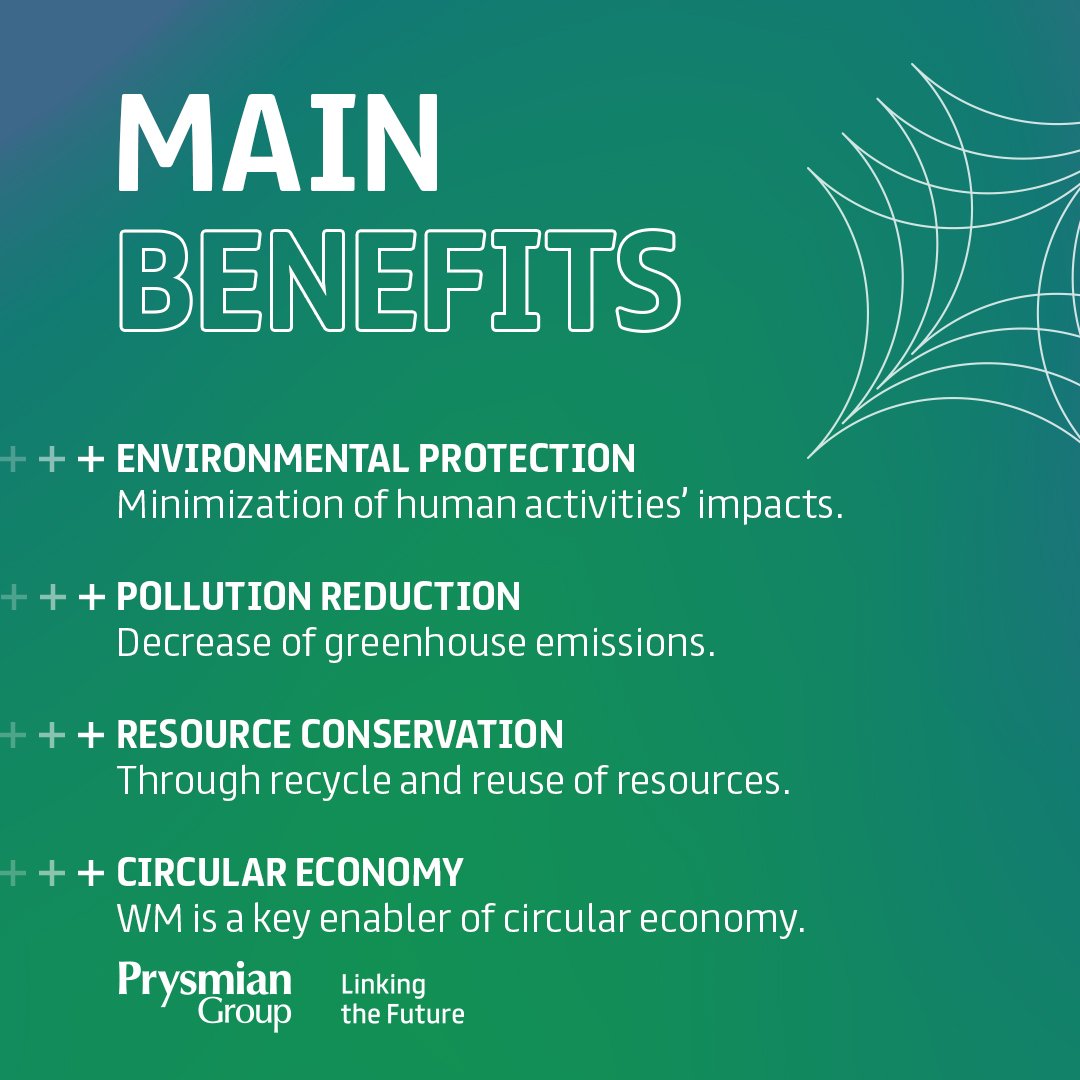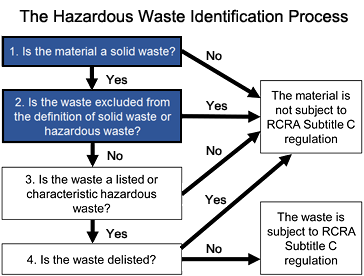The Ultimate Guide To Reclaim Waste
The Ultimate Guide To Reclaim Waste
Blog Article
Reclaim Waste Things To Know Before You Get This
Table of ContentsExcitement About Reclaim WasteSome Known Facts About Reclaim Waste.Excitement About Reclaim Waste3 Easy Facts About Reclaim Waste DescribedIndicators on Reclaim Waste You Should Know
Explore the types, events, and forms of fluid waste. Domestic sewage waste describes the waste and items from a residential septic container. This kind of waste is created by people in houses, institutions, and various other buildings. This only includes septic tanks that have a drain area. The appropriate monitoring and disposal of residential sewer waste need fluid waste to be transferred to a sewer treatment plant where the appropriate techniques and equipment are related to detoxify and deal with waste.
Industrial waste usually consists of potential risks, such as combustible materials or a mixture of liquid and strong waste products, and calls for an extra innovative and in-depth disposal process. The disposal of business waste generally involves the filtration of waste prior to transport to ensure secure and proper disposal. Hazardous waste is created from by-products and runoff of commercial procedures and production.
This kind of waste can not use the same sewage monitoring transportation or procedures as septic or industrial liquids. The hazardous waste monitoring procedure requires the inspection and testing of liquid waste before it undertakes the disposal procedure (industrial wastewater treatment). Drainage waste is the fluid waste that originates from runoff and excess stormwater in highly inhabited areas or cities
Overflow waste can trigger contamination and flooding otherwise managed properly. Find out more about drain cleaning and waste administration. Making sure appropriate waste monitoring can prevent calamities and reduce ecological harm. Both individuals in residential settings and specialists in commercial or manufacturing sectors can gain from comprehending the processes and policies of fluid waste administration.
The 8-Second Trick For Reclaim Waste
Call PROS Providers today to discover our waste administration and disposal solutions and the proper methods to care for the liquid waste you produce.
(https://www.behance.net/leonaube)This so-called 'wastewater' is not just a crucial source but, after therapy, will be launched to our land, waterways or the sea. Utilized water from toilets, showers, bathrooms, kitchen area sinks, washings and industrial procedures is understood as wastewater.

water made use of to cool machinery or tidy plant and equipment). Stormwater, a type of wastewater, is overflow that moves from agricultural and city areas such as roofing systems, parks, yards, roadways, paths and seamless gutters into stormwater drains pipes, after rain. Stormwater streams without treatment straight to local creeks or rivers, ultimately getting to the ocean.
Reclaim Waste Fundamentals Explained
In Queensland, the majority of wastewater is treated at sewage treatment plants. Wastewater is carried from domestic or industrial websites with a system of drains and pump stations, understood as sewage reticulation, to a sewer treatment plant.
The Division of Natural Resources recommends local governments regarding managing, operating and maintaining sewage systems and treatment plants. In unsewered areas, city governments might call for owners to set up private or home sewer therapy systems to treat residential wastewater from bathrooms, kitchen areas, shower rooms and laundries. The Department of Natural Resources authorizes using household systems when they are proven to be reliable.
A lot of stormwater receives no treatment. In some brand-new class, therapy of some stormwater to get rid of trash, sand and gravel has actually begun using gross toxin traps. Wastewater treatment happens in 4 phases: Gets rid of solid issue. Larger solids, such as plastics and other things wrongly released to drains, are removed when wastewater is travelled through displays.
Wastewater then streams into huge storage tanks where solids settle and are gotten rid of as sludge. Grease and residue are skimmed from the surface. Makes use of tiny living organisms recognizes as micro-organisms to damage down and eliminate remaining dissolved wastes and great bits. Micro-organisms and wastes are included in the sludge. Eliminates nitrogen and phosphorus nutrients that could create algal blooms in our rivers and threaten marine life.
The Ultimate Guide To Reclaim Waste
Nutrient removal is not offered at all sewage treatment plants because it requires expensive specialist tools. It is coming to be more usual in Queensland. Clear fluid effluent created after treatment may still have disease-causing micro-organisms. If this effluent is released into rivers such as rivers or the sea, the micro-organisms will eventually die out.

Most wastewater moves into the sewage system. Under the Act, regional federal page governments provide authorizations and licences for ecologically appropriate activities (Periods) involving wastewater launches that might have a neighborhood impact.
About Reclaim Waste
Or else, samples are taken for research laboratory evaluation. Commonly many tests are needed to develop the degrees of each of the different contaminants such as oils, heavy steels and pesticides in water. Monitoring supplies factual information regarding water quality and can verify that licence problems are being fulfilled. The info acquired with surveillance provides the basis for making water high quality decisions.
Report this page